【ProAV Lab】Breakthrough - Smart AE - Making Camera Auto-Exposure work for you, even in changing lighting conditions
Written by Kieron Seth, Product Marketing Director at Lumens
May 13, 2022 22000
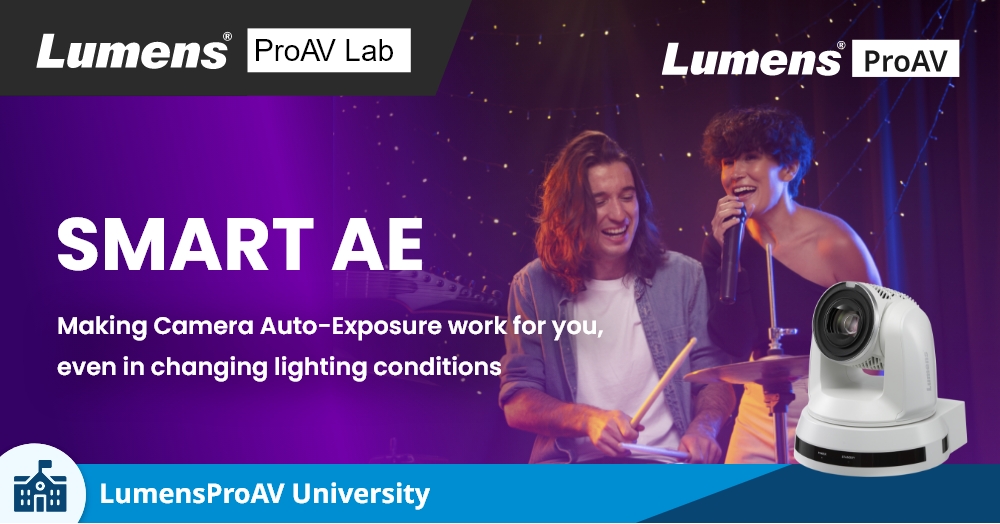
▶ Introduction
Stages are lit for dramatic effect, not to make life easy for the camera. They are designed primarily to enhance performance and elicit an emotional response from the audience. Today's digitally programmed and controlled lighting rigs can create dazzling light shows with illumination from every angle, fast-moving lights, focused beams, and multi-color LED arrays.

▶ Exposure Challenge
In fast-changing lighting conditions, the camera's auto-exposure mode needs to adjust incredibly quickly. Faced with extreme contrast, flashes of light, and moving performers, few filming scenarios could be more challenging.

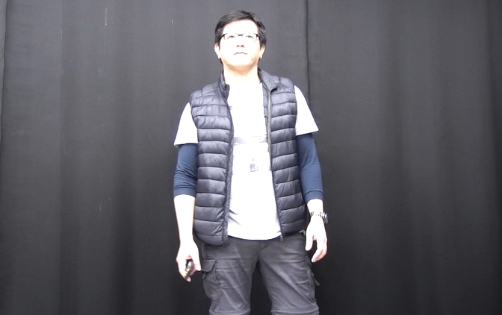
Over-Exposed Face

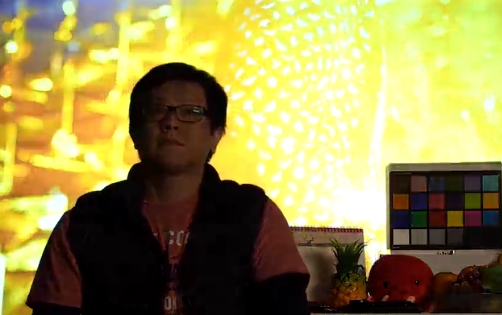
Under-exposed face
▶ Cause of the problem
The AE (Auto Exposure) function in most cameras can cope perfectly well in evenly lit rooms, or in spaces where lighting is relatively static. However, live stage performances and entertainment TV shows feature lighting effects that can range from a single focused spotlight tracking a performer, to night club style stage lights that create an ever-changing background. This is a scenario AE was not designed for and the results can be very unnatural.

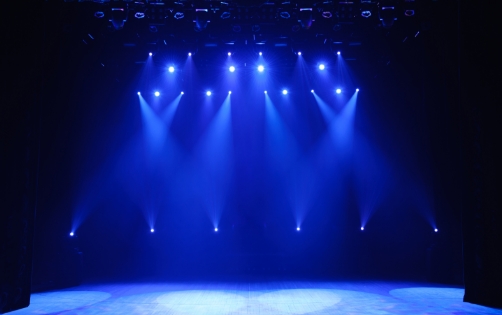
Stage Lights

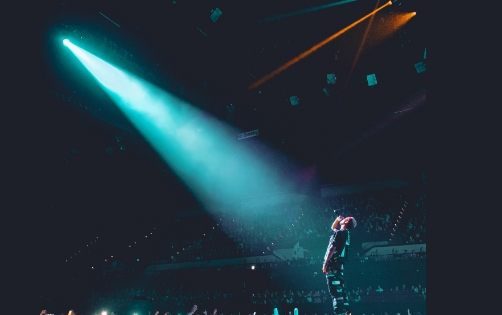
Uneven illumination
▶ A Smart Solution
Under such extreme lighting, traditionally camera operators would disengage AE and manually adjust the exposure mode. In multi-camera shoots, this requires skillful technicians and continual adjustment of the camera settings to maintain a balanced shot. With remote camera productions using a crew that is reduced in number, this level of manual control is not an option.
Lumens' original Smart AE function is trained to automatically identify and expose the performer's face. It can adjust the exposure to avoid over-exposing the performer's features or making them so dark as to lose the attention of the audience.

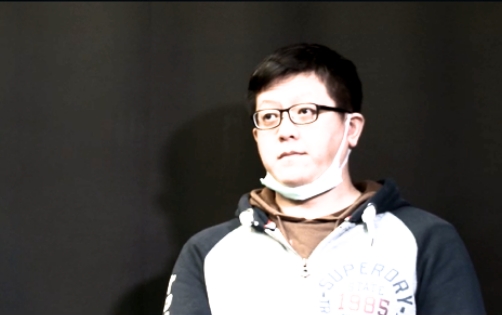
Smart AE OFF

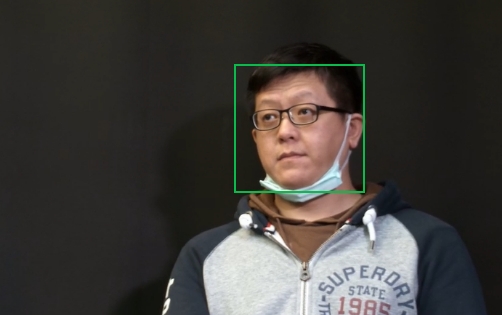
Smart AE ON

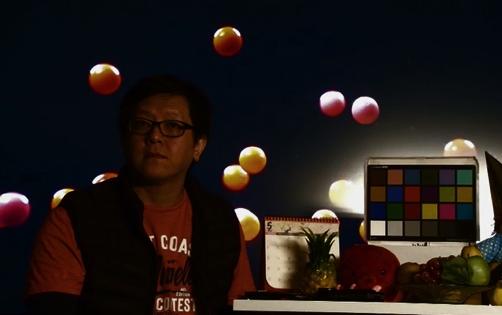
Smart AE OFF

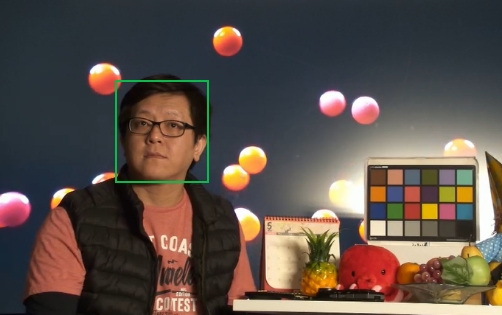
Smart AE ON
Click here Back to Top ↑
